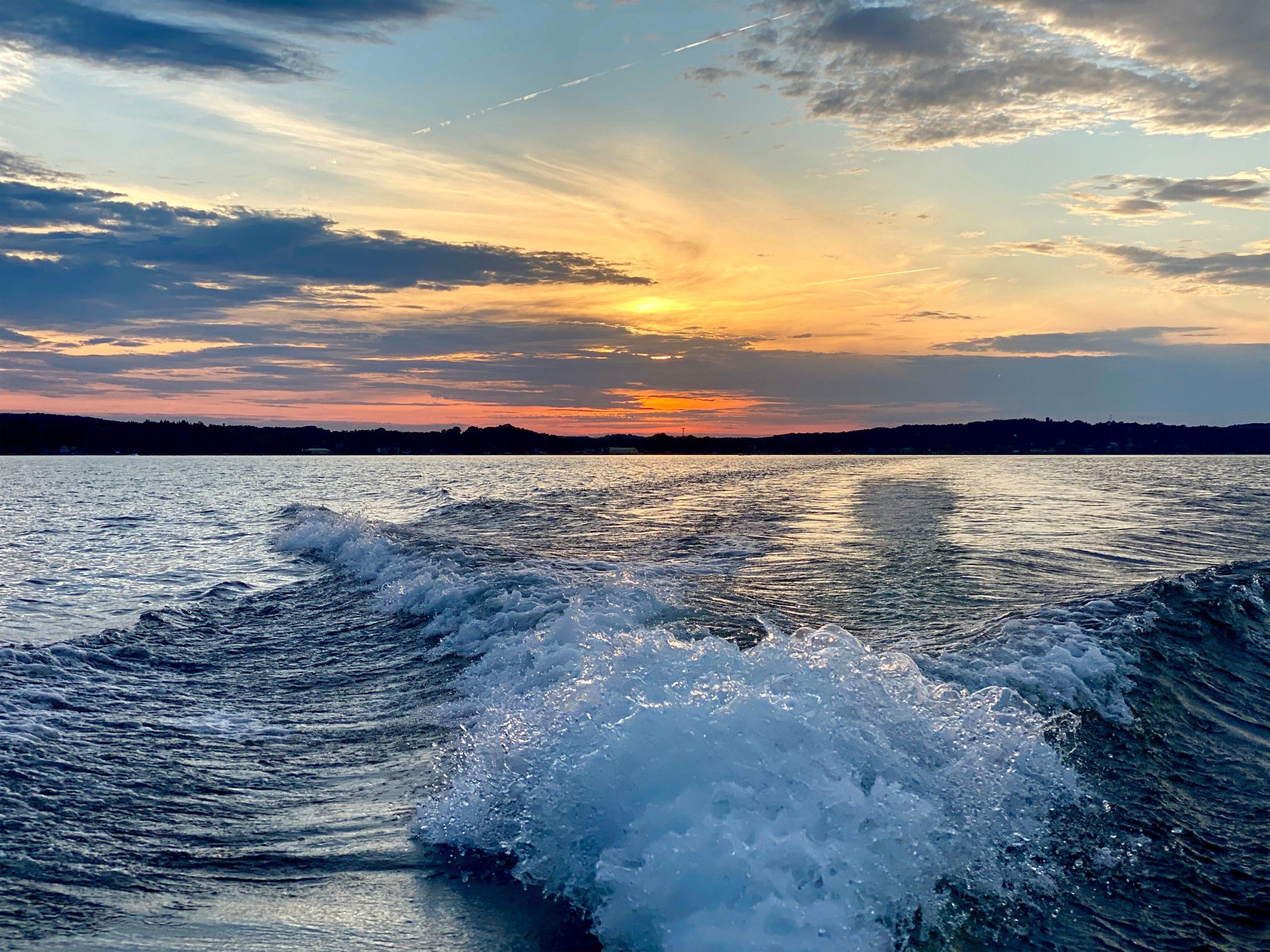Capturing Vilas County’s beautiful starry-night skies
My love for the night sky started when I was just a kid, as early as I can remember. I grew up on the south shore of Plum Lake in Sayner, which was the perfect spot to see the night sky. Growing up one of my favorite things to do (and my familys) was to take our boat out on the lake at night, we called it a midnight boat-ride. Once out on the lake you can see so many stars since there isn’t any light pollution near Sayner. That is where it all began.


